India with over 45,000 species of flora and 75,000 species of fauna distributed in its two major biogeographic realms have 10 biogeographic zones and two biodiversity hotspot regions of the world, is justifiably recognized as one of the World’s 12 magacentres of biodiversity. Such a richness of varied biomes from tropical wet evergreen forests to deserts and alpine vegetation to coastal systems understandably needed the establishment of a well organized institution like the Botanical Survey of India for undertaking detailed botanical explorations and to document systematically this natural heritage. Since the publication of the Flora of British India and the subsequent regional floras, several botanical explorations have been undertaken in different parts of India and publications describing the forests, vegetation types, floristic characteristics (in many cases with detailed lists of floral elements) of many botanically less understood parts in the country have been published especially after the stepping up of botanical exploratory activities by the reorganised Botanical Survey of India in the year 1954. This activity contributed vastly to our better understanding of the vegetation, forest types and floristics and has also greatly enriched the Indian herbaria with botanical specimens from several remote areas and regions of the country which were botanically poorly known in the past enabling the BSI to bring out several state and district floras or of floristically significant areas. The data collected on different aspects relating to the natural vegetation and certain man-made changes in the vegetation patterns particularly during the last one hundred years have necessitated to make suitable amendments to our knowledge on the forest types, phytogeography, endemism on one hand and on the gradual loss of pristine vegetation, habitats and certain floristic elements of significance on the other. This enriched data bank has paved the way to undertake the revision of Flora of India in a new format. Since 1978, the Botanical Survey of India has drawn up plans to bring out revisionary accounts of the flowering plant families and this effort has resulted in the publication of 22 fascicles of Flora of India and 5 volumes of the revised national flora till date. It is thought appropriate and necessary to describe different salient aspects pertaining to the Indian floristic richness in different phytogeographical zones in a manner more perceptible and understandable to botanists, foresters, ecologists, conservationists, ethnobotanists, and others interested in our wild plants through several suitably captioned chapters with a view to present an overall panorama of the Indian floristic estate in a book : Flora of India – Introductory Volume. In all about 30 different chapters describing the prime vegetation types in different pytogeographical and ecological systems; ecozones; endemism, centres of plant diversity and phytogeographical affinities; exotics; ethnobotanical, medicinal and plants of economic value; plant based industries; wild relatives of cultivated plants; wild plants of horticultural significance; endangered plants, habitats and their conservation; protected area network; botanic gardens, and the statistical analysis of flowering plants in Indian flora have been considered for this volume.

Flora of India: Introductory Volume (Part 1)
$93.10
$98.00
In stock
Free & Quick Delivery Worldwide
All orders amounting to US$ 50 or more qualify for Free Delivery Worldwide. For orders less than US$ 50, we offer Standard Delivery at $14 per book.
ABOUT THE AUTHOR B.D. Sharma
B.D. Sharma is professor of Zoology and has several publications to his credit. He is the author of about 20 books and 150 research papers published in India and abroad. Dr. Sharma is the member of several organizations of international repute and founder of Mountain Eco-conservation and Wildlife Society of India.
ABOUT THE AUTHOR M Sanjappa
M. Sanjappa (b.1951) did his early work on cytotaxonomy of Indigofera, later joining BSI he continued his interest in legume systematics completing revisions of several genera like Indigofera, Humboldtia, Meizotropis, etc. He is presently Director of Botanical Survey of India. He lives at Kolkata.
ABOUT THE AUTHOR P.K. Hajra
Prabhat Kumar Hajra (b. January 28, 1940) received his early education at Sekenderpur, a village in Hooghly District of West Bengal and graduation from Calcutta University. He obtained Masters Degree in Botany from Guahati University and Ph.D. degree from the same university. From 1961 to 1992 he worked in Central National Herbarium, Calcutta, Eastern Circle, Shillong, and Northern Circle, Dehradun of Botanical Survey of India in different capacities. He established the Sikkim Himalayan Circle of Botanical Survey of India. He joined the Ministry of Environment and Forest, Government of India as Director Biosphere Reserve and worked during the period 1992-1993. HE then rejoined Botanical Survey of India as Director in 1993 and retired on supre-annuation in 1998. Since 1998 he is involved in a project sponsored jointly by the Department of Space and Biotechnology, Government of India as one of the collaborators. He has authored manmy publications of botanical interest such as Plant wealth of Nanda Devi Biosphere Reserve, Botany of Kaziranga and Manas, Brahmakamal and its allies etc. He has also edited a large number of books on the Flora of India. He is the author of over 100 publications in various scientific journals. During his intensive field survey all over India, he discovered numerous plant species that are new to science. He has also extensively toured all over the world in connection to his scientific pursuit. He is the author of several popular books in English as well as Hindi.
reviews
0 in total
Review by Anonymous
Be the first to review “Flora of India: Introductory Volume (Part 1)” Cancel reply
You must be logged in to post a review.
Bibliographic information
Title
Flora of India: Introductory Volume (Part 1)
Author
Edition
1st ed.
Publisher
Length
538p., Col. plates; Maps.
Subjects
more by B.D. Sharma see more
more by M Sanjappa see more
Flora of India: Loranthaceae-Daphniphyllaceae, Volume 23
Contents: Acknowledgements. ...
$88.20
$98.00
Flowering Plants of India: Dicotyledons: Acanthaceae – Avicenniaceae, Volume 1
Flowering Plants of India ...
$38.70
$43.00
more by P.K. Hajra see more
Dictionary of Biology
$21.60
$24.00
Rhododendrons in India: Floral and Foliar Splendour of the Himalayan Flora
The Genus Rhododendron is ...
$80.10
$89.00
similar bookssee more
Compendium of Indian Medicinal Plants, 1985-1989 (Vol. 4)
Scope: This compendium has ...
$64.80
$72.00
Tourism Geography
$58.50
$65.00

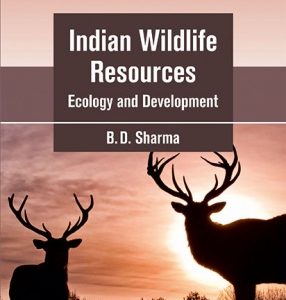
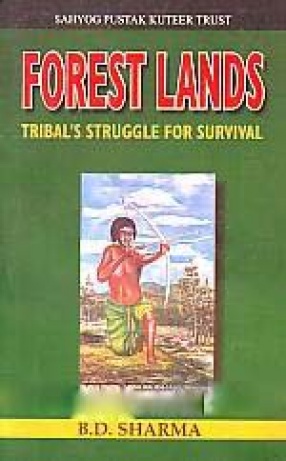

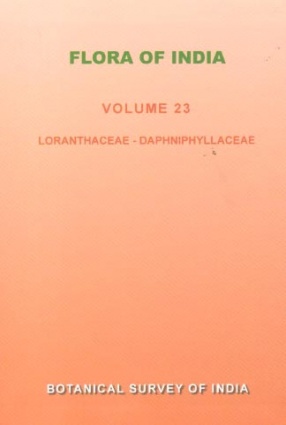
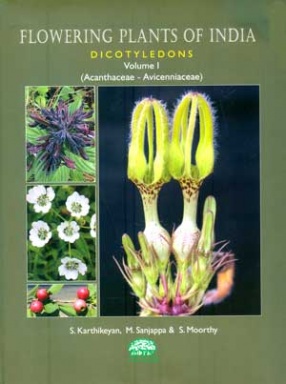
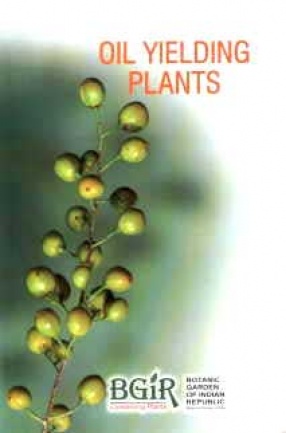
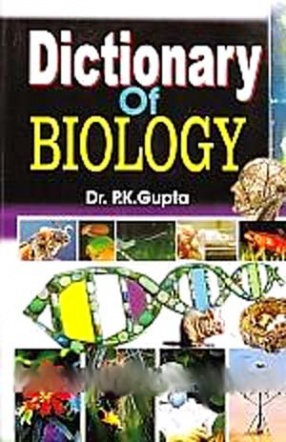
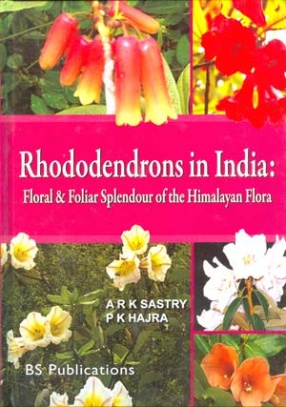
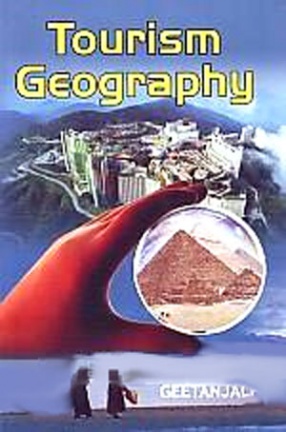
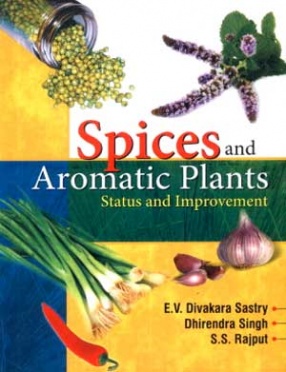
There are no reviews yet.